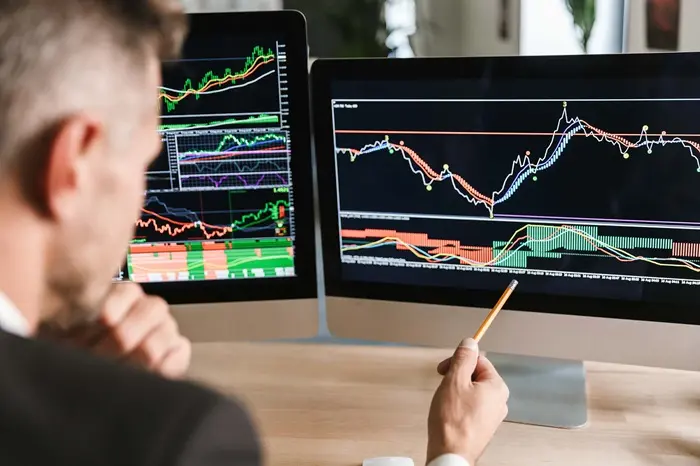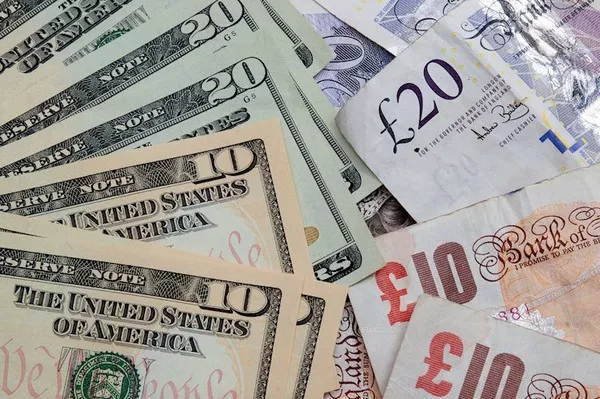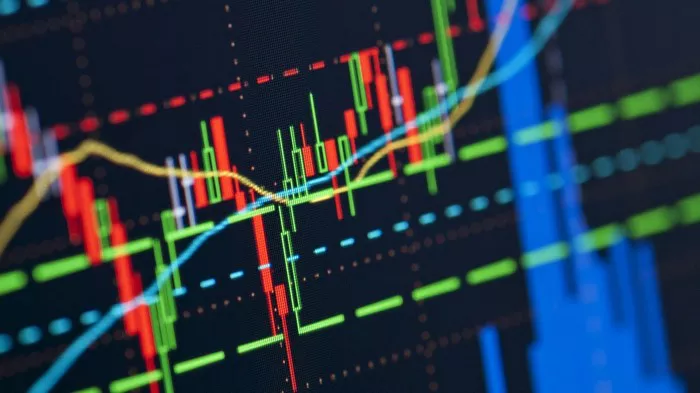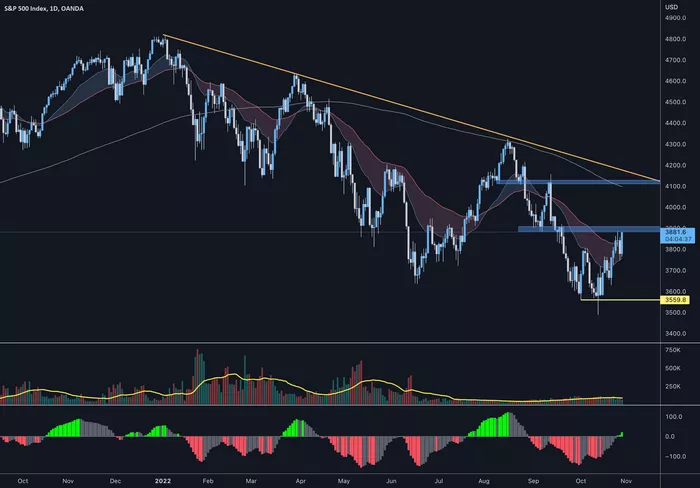In the world of foreign exchange (Forex) trading, there are many key terms and concepts that traders must understand. One of the most fundamental terms is the pip. The pip is essential for measuring price movements, calculating profits and losses, and understanding trading strategies. Whether you are a beginner or an experienced trader, knowing what a pip is and how it works is crucial for success in Forex trading.
This article will explain what a pip is, how it is used in Forex, and how to calculate pip values. We will also cover related terms like pipettes and lot sizes. By the end of this article, you will have a clear understanding of the concept of a pip and its role in the Forex market.
What is a pip?
Basic Definition
Pip stands for “percent point” or “price interest point”. It represents the smallest standard price movement of a currency pair in the Forex market. In most cases, a pip is equal to 0.0001 for currency pairs that are quoted to four decimal places. For example, if the EUR/USD rate increases from 1.1050 to 1.1051, a 0.0001 increase is one pip.
But there are some exceptions. Some currency pairs, such as those involving the Japanese yen (JPY), are quoted to two decimal places. In this case, a pip is equal to 0.01. For example, if the USD/JPY rate increases from 145.50 to 145.51, the change is one pip.
Importance of pips in forex trading
Measuring price fluctuations
Pip values help traders measure how much a currency pair can fluctuate. Without pip values, it is difficult to describe or understand small price changes in a standardized way. For example, it makes more sense to say that a currency pair has fluctuated by 50 pips than to say that it has fluctuated by 0.0050 pips.
Calculating profit and loss
Traders use pip values to calculate gains and losses. A certain number of pips of profit or loss can be converted into money, depending on the lot size and currency pair.
Comparing volatility and risk
Pip fluctuations are also used to analyze volatility and risk. Currency pairs with larger pip fluctuations are considered more volatile. Understanding the behavior of pip values can help traders decide how to set stop-loss and take-profit levels.
What is a “pipette”?
More precise units
In addition to the spread (pipe), some brokers will also display quotes accurate to 5 decimal places (3 decimal places for JPY pairs). This smaller unit is called a “pipette” and is equivalent to one-tenth of a spread.
For example:
If EUR/USD falls from 1.10500 to 1.10501, it is 1 “pipette”.
10 “pips” = 1 spread.
Using “pips” allows for more precise pricing and lower spreads, which is very useful in high-frequency trading.
How to calculate pip value
The monetary value of a pip depends on three key factors:
Currency pair
Trade size (lots)
Exchange rate
Let’s explain this with a few examples.
Example 1: EUR/USD (quoted to 4 decimal places)
Suppose you trade one standard lot (100,000 units) of EUR/USD.
One pip = 0.0001
Pip value = (0.0001 / current exchange rate) × lot size
If the EUR/USD exchange rate is 1.1050:
Pip value = (0.0001 / 1.1050) × 100,000 ≈ $9.05 per pip
Example 2: USD/JPY (quoted to 2 decimal places)
You trade one standard lot of USD/JPY.
One pip = 0.01
If USD/JPY = 145.50:
Pip value = (0.01 / 145.50) × 100,000 ≈ $6.87 per pip
Note: When USD is the quote currency (e.g. EUR/USD), pip values are calculated in USD. When USD is the base currency (e.g. USD/JPY), pip values may differ.
How pips work in real trading
Example trade: EUR/USD
Suppose you buy one standard lot of EUR/USD at 1.1050.
Later, the price rises to 1.1075. The currency pair has moved 25 pips.
Pip value = $10 (approximately)
Gain = 25 pips × $10 = $250 profit
Now suppose the price drops to 1.1030. This is a 20 pip loss:
Loss = 20 pips × $10 = $200 loss
This example shows how pips can directly affect profits and losses.
The role of pips in risk management
Pip values are also crucial in managing trading risk.
Traders use pip-based tools such as:
1. Stop-loss orders
Stop-loss is used to exit a trade when a certain pip loss is reached. For example, you can set a 50 pip stop-loss. If the market moves against you, your position will be closed.
2. Take Profit Order
This sets a target profit level in pips. For example, a 100 pip take profit order means your trade automatically closes when it rises 100 pips.
3. Risk Reward Ratio
This ratio compares the risk you are willing to take to the gain you hope to make. For example:
Stop Loss = 50 pips
Take Profit = 100 pips
Risk Reward Ratio = 1:2
A good pip-based risk/reward strategy can help improve long-term performance.
Pips and Spreads
What Is a Spread?
The spread is the difference between the bid price and the ask price. It’s usually measured in pips. For example:
EUR/USD: Bid = 1.1050, Ask = 1.1052
Spread = 2 pips
Spreads represent a trading cost. A narrower spread is better for traders, especially for scalping or day trading.
Floating vs. Fixed Spreads
Floating spreads change depending on market conditions.
Fixed spreads stay constant regardless of volatility.
Most brokers use floating spreads, especially during major news events.
Pip Value Calculators
Many traders use online pip calculators to avoid manual pip value calculations. These tools require:
Currency pair
Lot size
Base currency
The calculator then shows the pip value in your account currency. This helps with better planning and risk management.
Frequently Asked Questions
Do All Brokers Use Pips?
Yes, but some brokers quote prices using pipettes (extra decimal). This allows more precise pricing, especially in tight-spread environments.
Can You Trade Without Knowing Pips?
Technically yes, but practically no. Without understanding pips, you can’t measure risk or set effective stop-loss/take-profit levels.
Are Pips Always Worth the Same?
No. Pip value depends on:
Currency pair
Lot size
Exchange rate
Account currency
Always calculate the pip value for your specific trade setup.
Tips for Beginners
Always calculate pip value before entering a trade.
Start with demo accounts to practice pip-based trading.
Use stop-loss and take-profit orders based on pip levels.
Understand how pip movement affects your capital.
Monitor spreads and trade during liquid sessions (e.g., London or New York hours).
Conclusion
The concept of pips is at the heart of Forex trading. It provides a standardized unit for measuring price changes, calculating profits and losses, and managing risk. Whether you are trading EUR/USD, GBP/JPY, or any other currency pair, understanding pips is essential to making informed decisions.
By understanding how to calculate pips, develop strategies based on pips, and interpret market movements, traders can improve their performance and confidence. Pips are more than just numbers; they are the language of Forex trading.
Understanding pips is the first step to becoming a successful Forex trader. With this basic knowledge, you will have a solid foundation to advance your trading skills and strategies in the global currency markets.


























